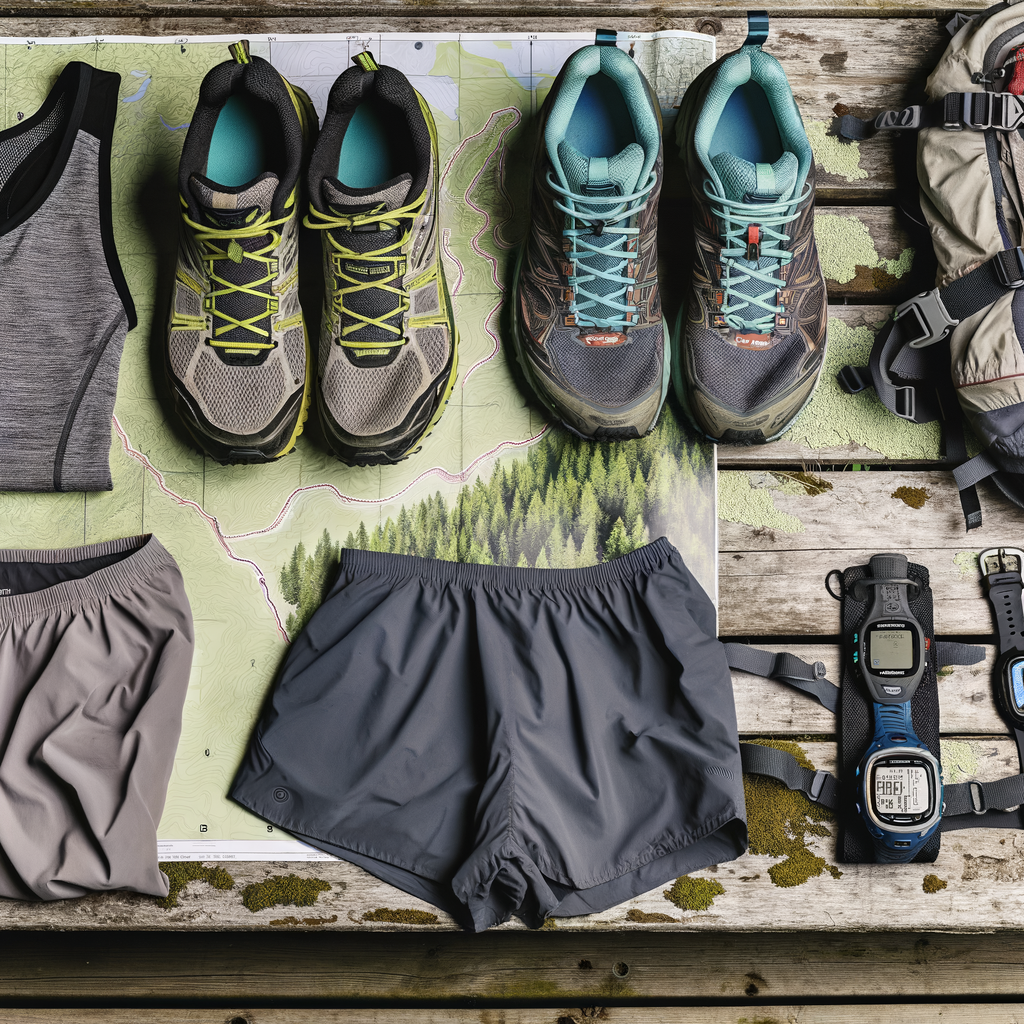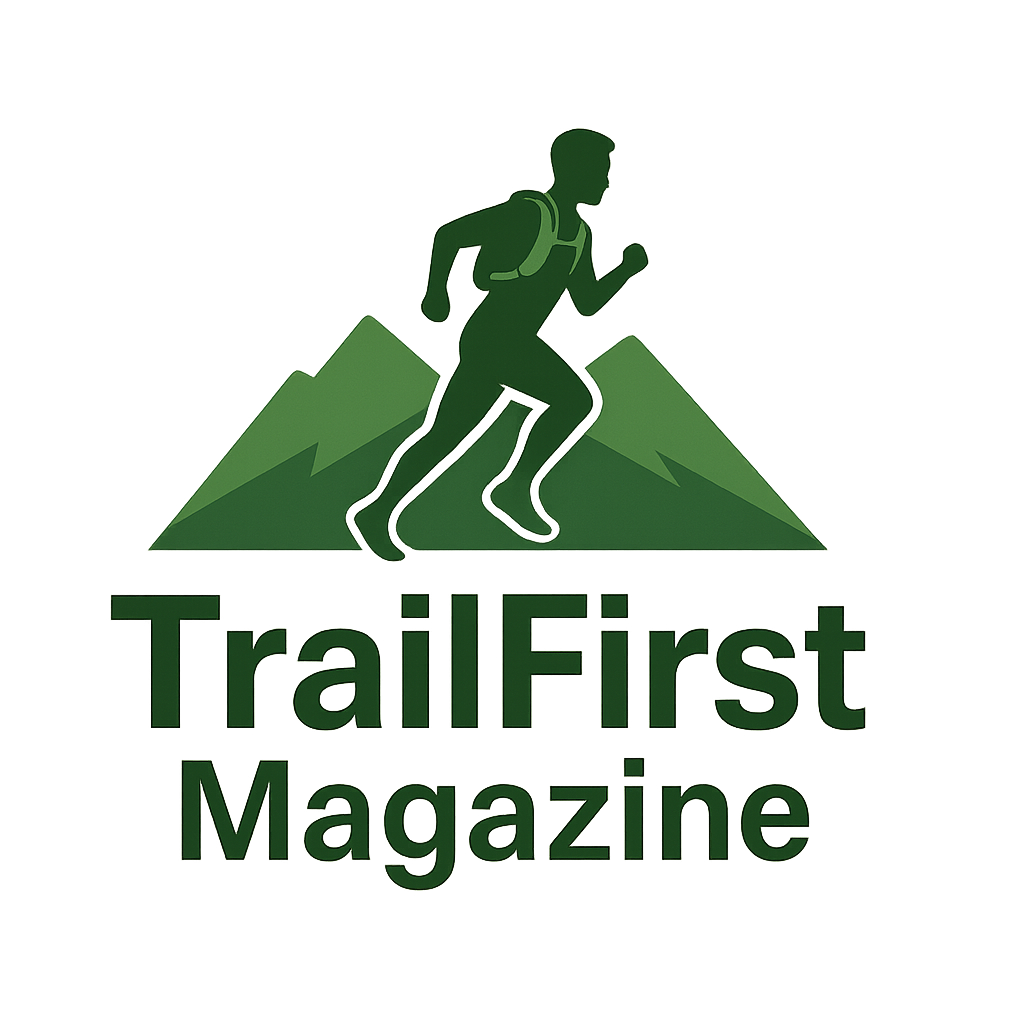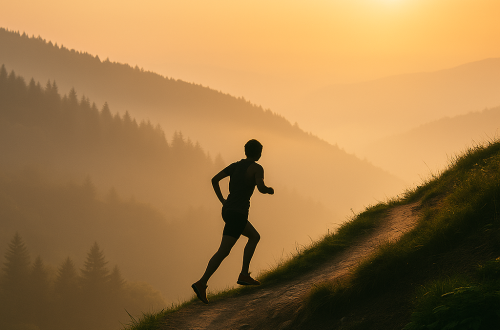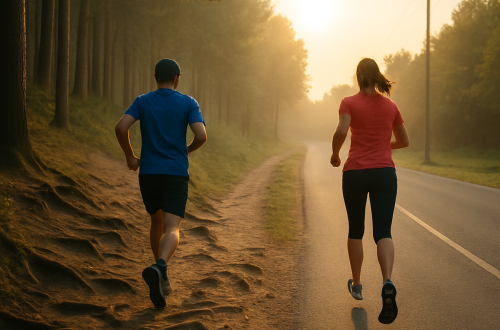
What gear do I need to start trail running?
Why Trail Running Requires Specialized Gear
Trail running is an exhilarating way to explore nature while getting a great workout. But unlike road running, it demands gear that can handle rugged terrain, unpredictable weather, and longer distances. Whether you’re tackling forest paths, mountain trails, or desert routes, having the right equipment can make your experience safer and more enjoyable.
What are the essential items for beginner trail runners?
If you’re new to trail running, it’s easy to feel overwhelmed by the gear options. The good news is you don’t need to buy everything at once. Start with the basics and build your kit as you gain experience. Here’s a breakdown of the must-have gear to get started:
- Trail running shoes
- Moisture-wicking clothing
- Hydration system
- Navigation tools
- Safety gear
Trail Running Shoes: Your Most Important Investment
Trail running shoes are arguably the most critical piece of gear. Unlike road shoes, they offer enhanced grip, protection, and stability for uneven terrain. Look for shoes with:
- Lugged soles for better traction on dirt, mud, and rocks
- Rock plates to shield your feet from sharp objects
- Reinforced uppers for durability
- Drainage features if you’ll be crossing streams or running in wet conditions
Popular models include the Altra Lone Peak, Salomon Speedcross, and HOKA Speedgoat. Try on several pairs to find the right fit for your foot shape and running style.
What should I wear for trail running?
Comfort and weather-appropriateness are key when choosing trail running clothing. Layering is essential, especially if you’re running in changing conditions. Here’s what to consider:
- Moisture-wicking base layers to keep sweat off your skin
- Breathable tops and shorts or leggings designed for movement
- Lightweight windbreaker or rain jacket for protection from the elements
- Wool or synthetic socks to prevent blisters
- Running hat or buff for sun and sweat protection
Avoid cotton, as it retains moisture and can lead to chafing or hypothermia in cooler weather.
How do I carry water while trail running?
Staying hydrated is crucial, especially on longer or remote trails. There are several hydration options for trail runners:
- Handheld water bottles – Lightweight and easy to access, great for short runs
- Hydration belts – Carry one or two small bottles around your waist
- Hydration vests or packs – Ideal for longer runs, they distribute weight evenly and often include storage for snacks, gear, and a reservoir or soft flasks
Choose a system that suits your distance and comfort preferences. Always bring more water than you think you’ll need, especially in hot or dry conditions.
Navigation and Safety Gear
Getting lost or injured on the trail is a real risk, especially for beginners. Equip yourself with basic navigation and safety tools:
- GPS watch or smartphone app with offline maps
- Trail map as a backup (never rely solely on electronics)
- Whistle for signaling in emergencies
- Compact first aid kit with bandages, antiseptic, and blister care
- Headlamp if there’s any chance you’ll be out after dark
Let someone know your route and expected return time before heading out.
Optional but Useful Trail Running Accessories
Once you’ve mastered the basics, consider adding these helpful accessories to your trail running kit:
- Trekking poles – Useful for steep climbs or technical descents
- Gaiters – Prevent dirt and debris from entering your shoes
- Running gloves – Keep your hands warm in cold weather
- Sunglasses with UV protection – Shield your eyes from glare and debris
- Energy gels or snacks – Fuel for longer runs
These items aren’t mandatory for beginners, but they can enhance your comfort and performance as you progress.
Tips for Buying Your First Trail Running Gear
Shopping for trail running gear can be exciting, but it’s easy to overspend. Keep these tips in mind:
- Start with the essentials and upgrade as needed
- Try before you buy – Visit a specialty running store for expert advice
- Read reviews from other trail runners to find reliable gear
- Look for sales or second-hand options to save money
- Prioritize comfort and fit over brand names
Remember, the best gear is the one that works for you and your trail goals.
Frequently Asked Questions About Trail Running Gear
Do I need special shoes for trail running?
Yes. Trail running shoes offer better grip, protection, and stability than road running shoes, making them essential for uneven terrain.
Can I use a regular backpack instead of a hydration vest?
While possible, regular backpacks often bounce and lack ventilation. Hydration vests are designed for comfort and function during runs.
What’s the best way to carry snacks on the trail?
Use the pockets in your hydration vest or belt. Energy gels, bars, and dried fruit are lightweight and easy to eat on the go.
How do I prevent blisters while trail running?
Wear moisture-wicking socks, ensure your shoes fit well, and use blister prevention products like tape or balm if needed.
Is it safe to trail run alone?
It can be, with proper precautions. Always tell someone your route, carry safety gear, and stick to well-marked trails when starting out.
Final Thoughts: Gear Up and Hit the Trails
Trail running is a rewarding way to connect with nature and challenge your body. With the right gear, you’ll feel more confident and prepared to tackle any terrain. Start with the essentials—shoes, clothing, hydration—and build your kit as your adventures grow. Happy trails!





